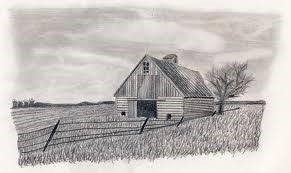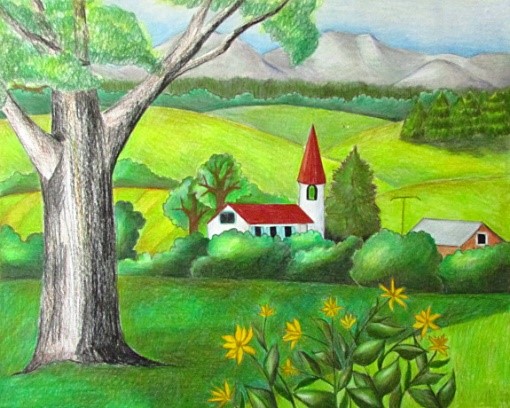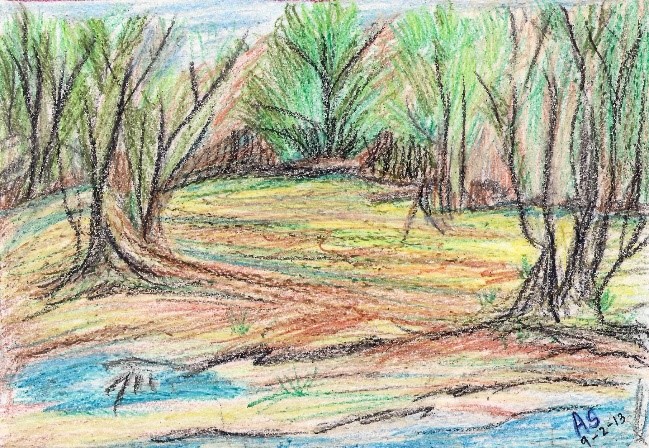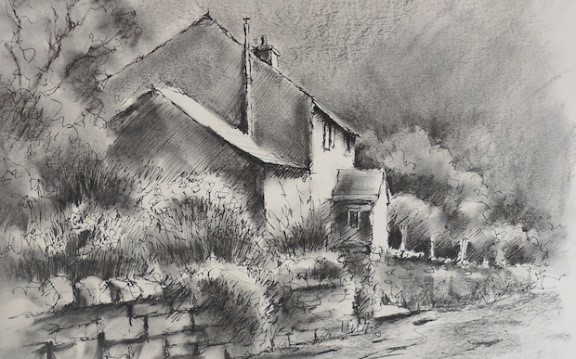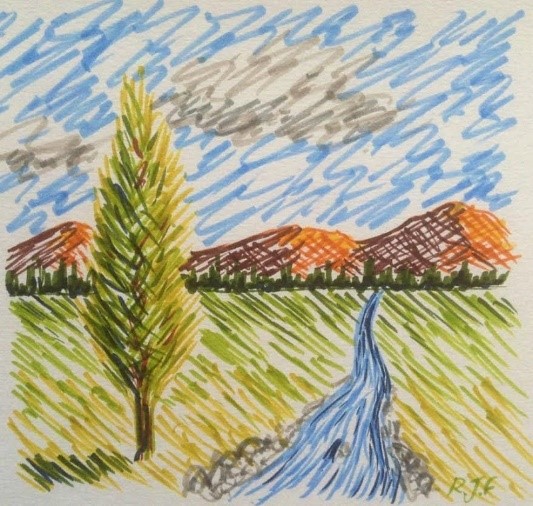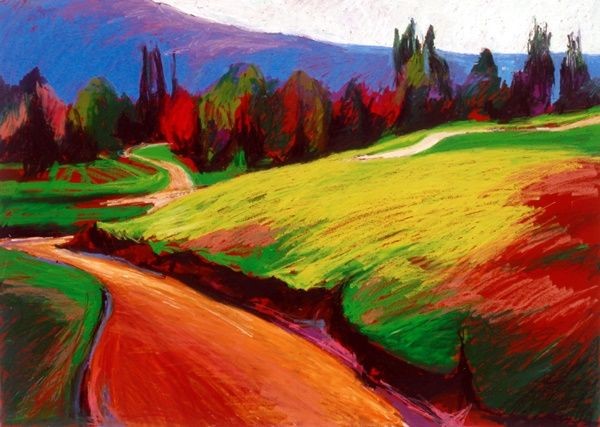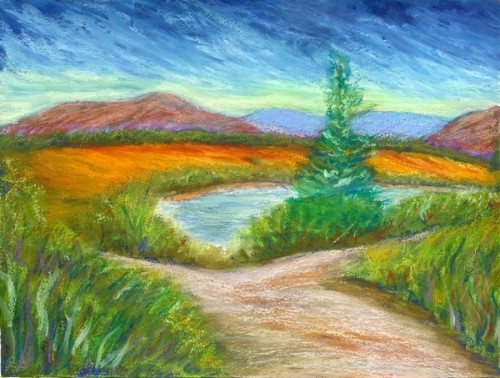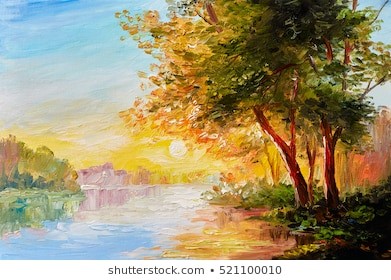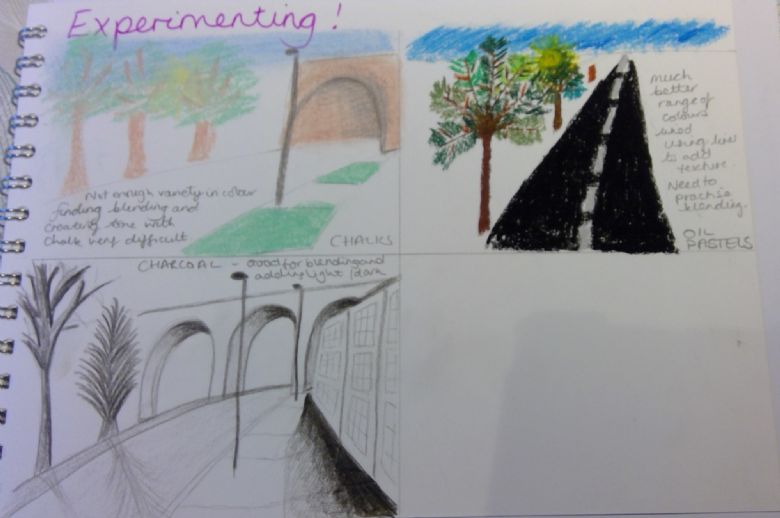Wednesday 22nd April 2020
Good morning!
Today you will be doing a short guided reading activity which is based around poetry. If you cannot finish the whole thing just do as much as you can in 20 minutes and then use the last 5/10 minutes to use the video to mark your work.
In English you are working on expanded noun phrases to describe. You were first introduced to these in year 2 and have used them ever since. You are adding to your bank of imaginative description ready for your first attempt at a poem tomorrow.
In maths you will continue with the fractions work; let me know if there are any problems.
Finally in the challenge work you are exploring how you might like to add colour, tone and texture to your picture ready for starting your final piece tomorrow.
Remember, do what you can and let me know if there are any problems. Also, try to make time to read to an adult at some point today.
Look out for those raffle tickets!
Mrs Smurthwaite
|
Time |
Learning |
|
9-9:30 |
Joe Wicks virtual PE – bodycoachtv on youtube.com |
|
9:30 – 10.00 |
Guided reading Read the text and answer the questions below the writing. Watch the video to find out the answers.
|
|
10:00-10:45 |
LO: to understand how expanded noun phrases add important detail to build a picture To write expanded noun phrases SC1: I can explain what a noun is SC2: I can list interesting adjective to create description SC3: I can use effective expanded noun phrases to describe a view Go onto BBC bitesize to understand what an expanded noun phrase is: https://www.bbc.co.uk/bitesize/topics/zwwp8mn/articles/z3nfw6f Play Description Challenge using Challenge Picture from the Expanded Noun Phrases word document. The picture I have given you for the challenge is an example of a still life. It’s a collection of objects that artists put together and then drawn and paint carefully. We are going to use still life collections to help us to write descriptively. Use Extended Noun Phrase PowerPoint, slides 1-6 to explore expanded noun-phrases using adjectives. Practise: Watch my video to explain how you are going to use still life to practise expanded noun phrases.
Look at the Flower Picture. What phrases could we use to describe this still life? Activity Everything we are doing is leading towards us writing our poem at the end of the week.
Have a look at the various views from the rooms in your house. Can you go back to the photos from Monday and recall the view you saw. Do you prefer the view at different times of day? Come up with as many different expanded noun phrases as you can to describe the views. You can write this as a list (bullet points is fine). Extension: can you use some prepositions to extend your descriptive phrases. Use the noun, adjective and preposition sheets to support you. |
|
10:45-11:00 |
Break time/snack time |
|
11:00 – 11:30 |
TTRockstars |
|
11:30- 12:15 |
LO: to memorise the meaning of tenths and identify tenths of objects, shapes and items SC1: I can explain how to find a tenth SC2: I can identify a tenth of objects, shapes or items SC3: I can explain how to find a tenth of objects, shapes or items https://whiterosemaths.com/homelearning/year-3/ Click on week 1 lesson 3. Watch the tutorial and then answer the questions. You can use the mark sheet to see how accurate you were. Extension – Recognise and count in tenths. Year 3 if you are feeling confident then give this a go. Year 4, you pre-existing knowledge of fractions and the revision you have just done should mean that you can complete this. If you are struggling let me know. There is an answer sheet to be able to mark your work. |
|
12:15- 1:15 |
Lunch |
|
1:15- 2:00 |
LO: to experiment with different mediums for drawing a landscape and evaluate their effectiveness SC1: I can select various mediums from drawing SC2: I can experiment with different ways of creating a landscape SC3: I can evaluate which is best and select one for my final version Now you are going to have a go at creating another landscape but this time we are going to experiment with different ways of adding colour. Choose a place from a window that you particularly enjoy. This might not be the landscape you use for your final picture so don’t worry too much if you change your mind later down the road. You might choose to take a photo and work from that or you might like to sit and draw from real life. Whichever you find appropriate for you is fine. Now you need to do a pencil outline of the landscape. Don’t worry about all the tiny details for this first attempt. Get as many features in as you can but just with an outline. You may not have all of these materials at home, I know I certainly don’t, but select a few different ones and try them out. The idea is to try out as many different ways of adding colour to your piece so you can choose your favourite. For each medium, I have added some suggestions of styles to use. I have also given you some picture examples. Experiment and see which one works best for you.
|
|
2:00- 2:30 |
Exercise – e.g. mindfulness yoga, fresh air in the garden, run up and down the stairs seeing if you can get faster every time! |
|
2:30-3:00 |
Keep going with trying out the different mediums. I have given some examples of what I have done. I have done more than one attempt with each type of utensil as I need to practise my skills of tine as well as just using this different way of creating colour/depth. You can do small pictures like mine or use an A4 page for each, the choice is yours. I found the various different mediums really tricky and will need to continue to practise but you can see how I am getting on so far.
|
|
3:00 – 3:15 |
Story Time – The Ice Monster
|

